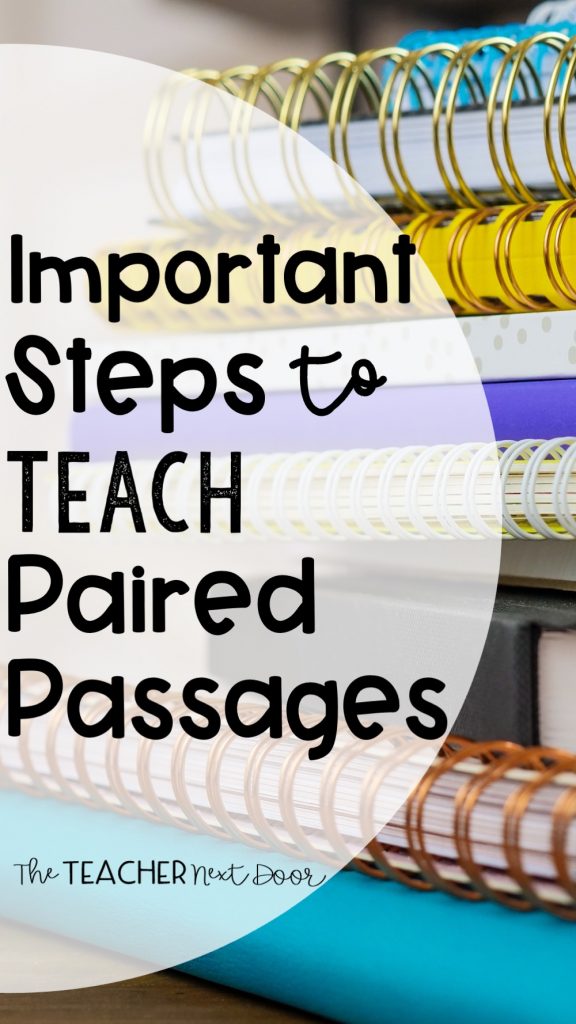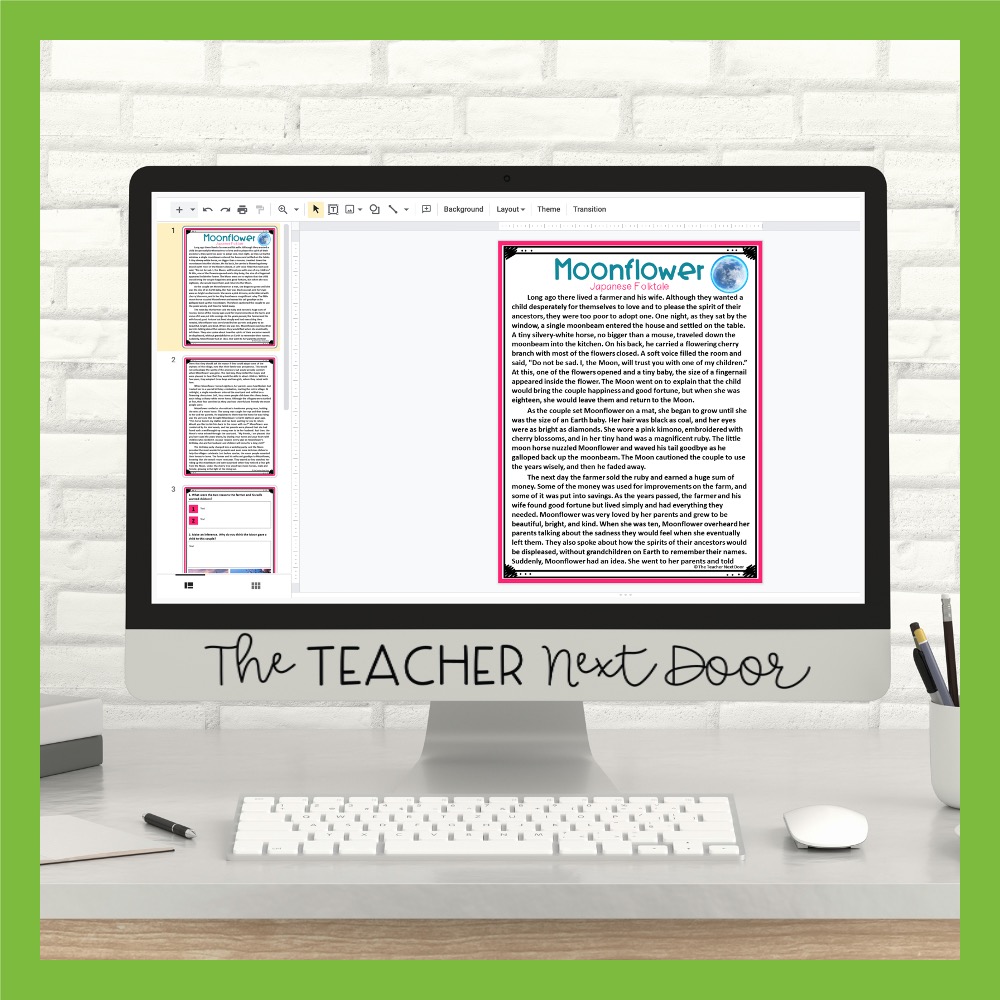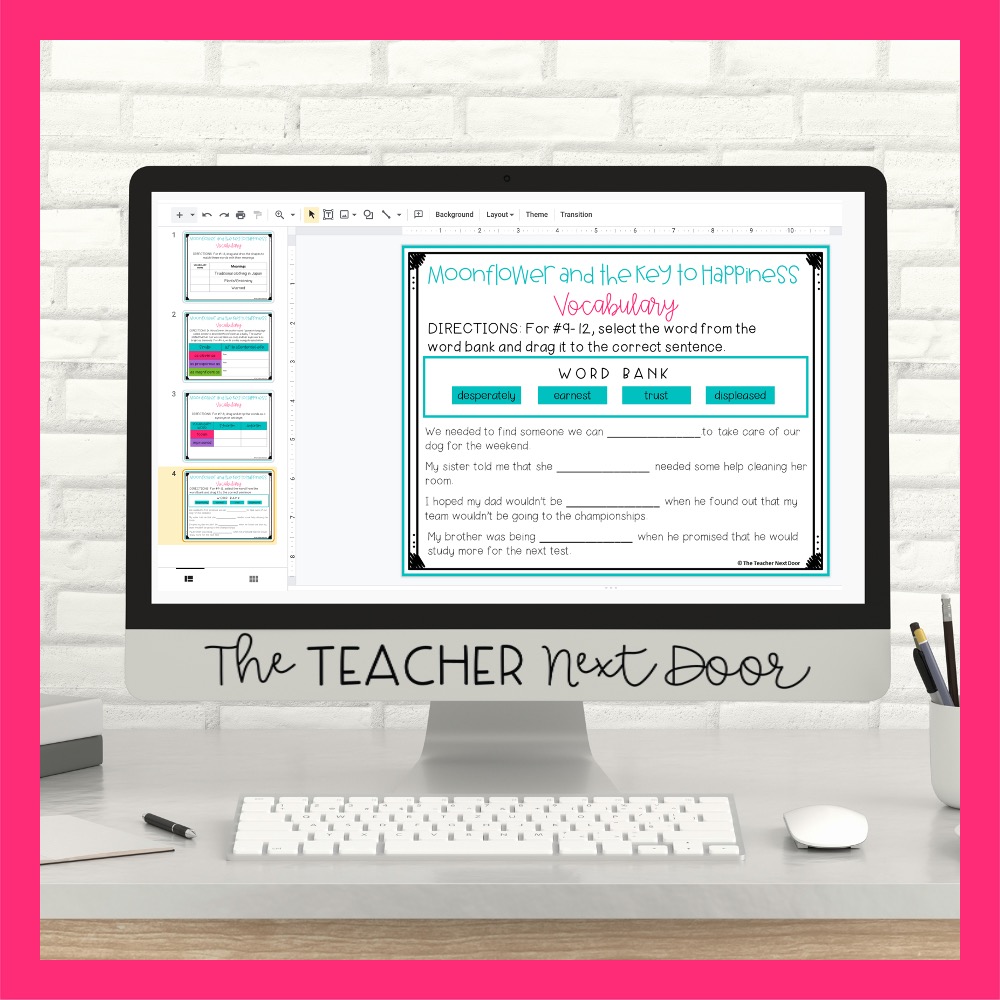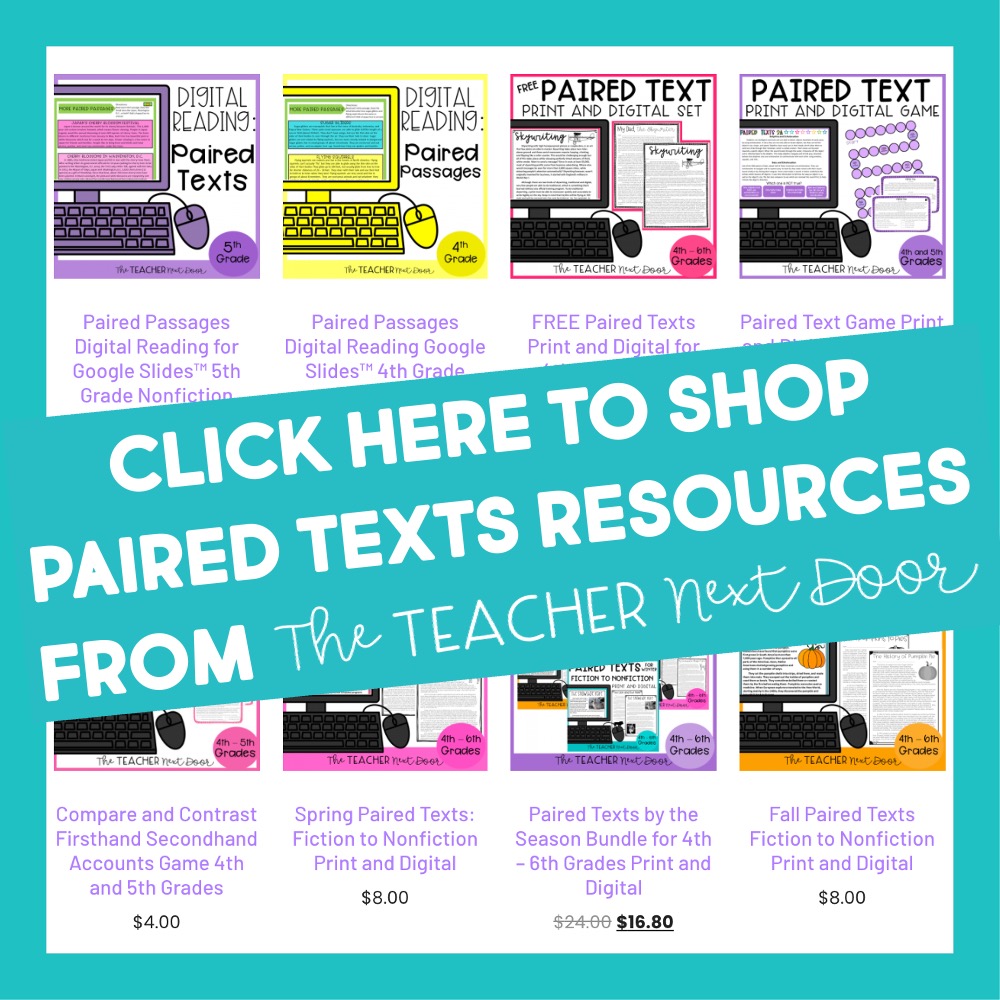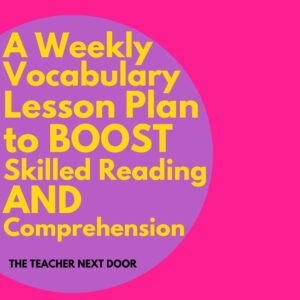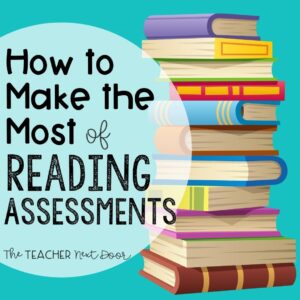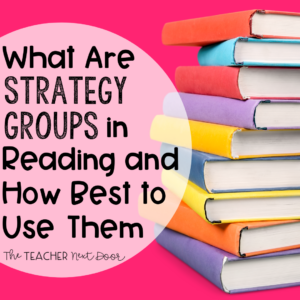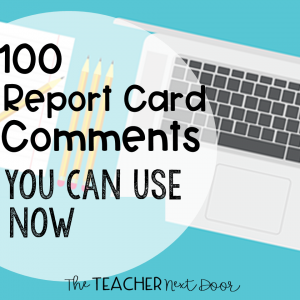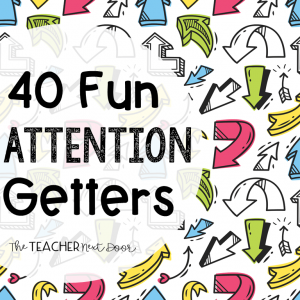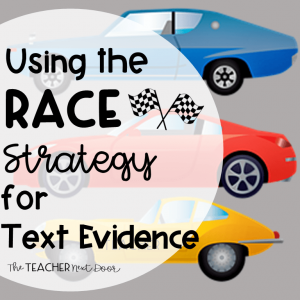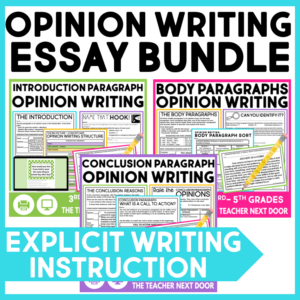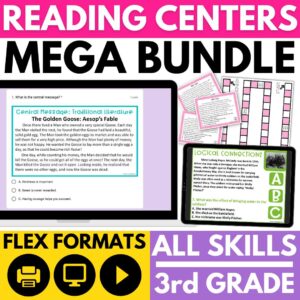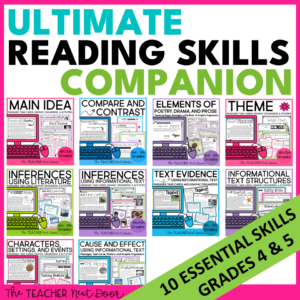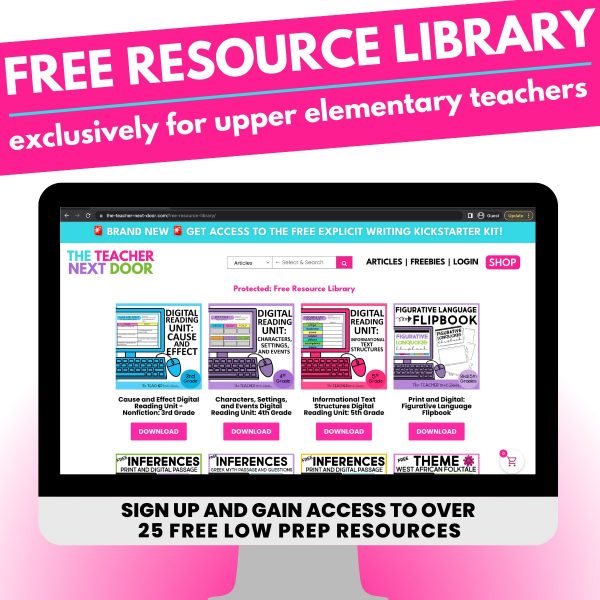The focus on teaching paired passages has undoubtedly grown within the last decade or so. As the landscape of education has changed, students within elementary grades are now expected to integrate information from two or more texts successfully.
Teaching paired texts (or text integration, as some call it) is a challenging skill for upper elementary students. Plus, if you’re teaching in a classroom with a diverse range of ability levels, it can seem like you’re tackling the impossible!
I have five actionable steps to help walk you through teaching paired texts to ensure that your students can become proficient and even excel with this tough standard.
STEP 1 – Reading Text #1
I always suggest reading and working on the first passage as a whole class. Working as a team is a great way to set expectations for the quality of work you wish to see from students.
Always plan for additional time while reading text #1. If you’re modeling a new skill, you’ll want to move through procedurally, emphasizing the important steps along the way.
As we read, I like to stop and jot notes, underline any important ideas or vocabulary, and discuss our thinking about the passage aloud.
This helps model for students that the expectation while reading is to actively be thinking as they go through a text.
STEP 2 – Reading Text #2
There are a few ways you can go about reading the next passage. You can continue to work together as a whole class, have students work in groups, or individually.
Whichever way you choose, I suggest coming together as a class for a brief review of the text and any key ideas that students picked up along the way.
STEP 3 – Work on Vocabulary
To ensure that your students fully grasp both texts, I suggest working through any unknown vocabulary next.
Reviewing vocabulary from the text allows you to clear up any misconceptions. Students can also continue to build on their understanding and analysis of the text during this time.
It’s also important to note that you’ll use lots of context clues from the text to define words during this time. This skill may need to be scaffolded for ELL students or struggling readers.
STEP 4 – Paired Text Questions
Now that students have built a deep understanding of both texts, it’s time to answer questions that combine information from both sources.
It’s important to emphasize that students will need to go back into both texts to answer these questions.
If you’re a fan of using text evidence strategies, you’ll want to incorporate the RACE strategy during this time. You can read about how I teach the RACE strategy within this blog post.
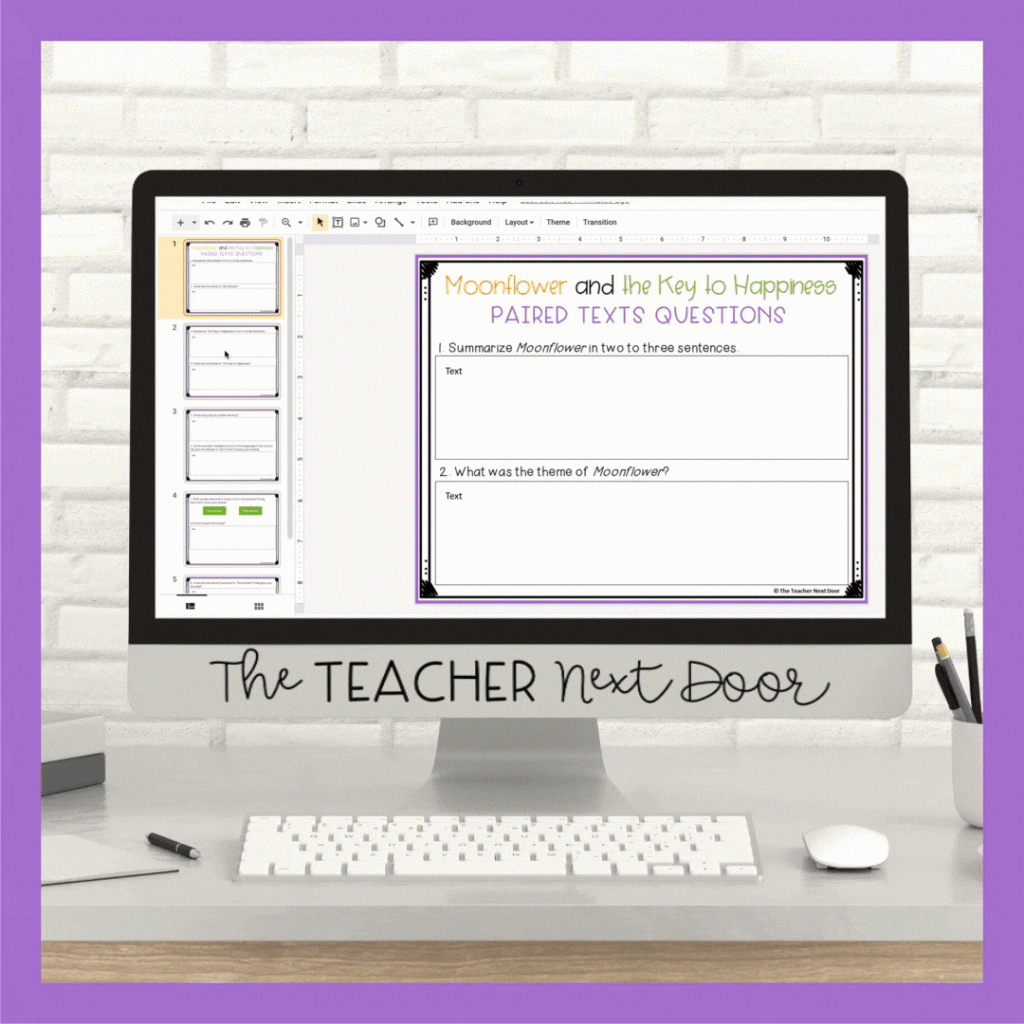
BONUS STEP – Graphic Organizers
You may feel like students need the opportunity to show what they know at this time, and it’s a great time to formatively assess who is grasping the paired passages skill.
I like to use a Venn Diagram to compare and contrast both texts. I have students work on this activity with a partner or independently.
If you have a group of students that will need support with this skill, you can easily pull them during this time and work with them in a small group.
If you’d like a closer look at one of my Paired Texts Units, here’s a peek inside my Fall Paired Texts Print & Digital Unit!
STEP 5 – Writing Activity
To solidify this skill, I always have students work on a writing activity at the end of the unit.
Students will commonly see a writing task following paired passages on standardized assessments, so it is best to practice this skill as much as possible.
There are a variety of different ways you can address the writing component. You may choose to group students by topic or to write together as a whole class.
Within my Paired Text resources, you’ll find various writing activities are included!
Interested in learning more? Check out these blogs!
Using Think Alouds to Increase Comprehension in Upper Elementary
The Main Idea Strategy That Will Help Students Win Big


